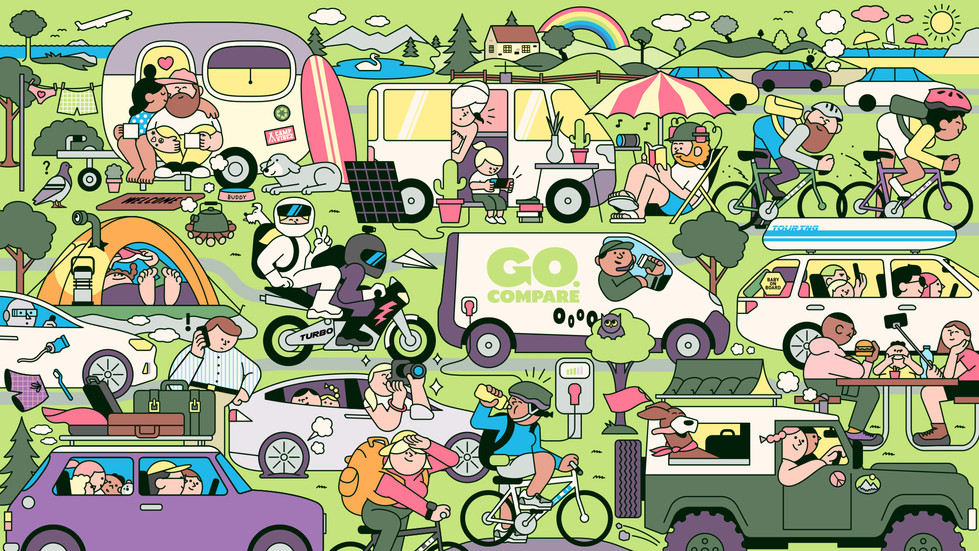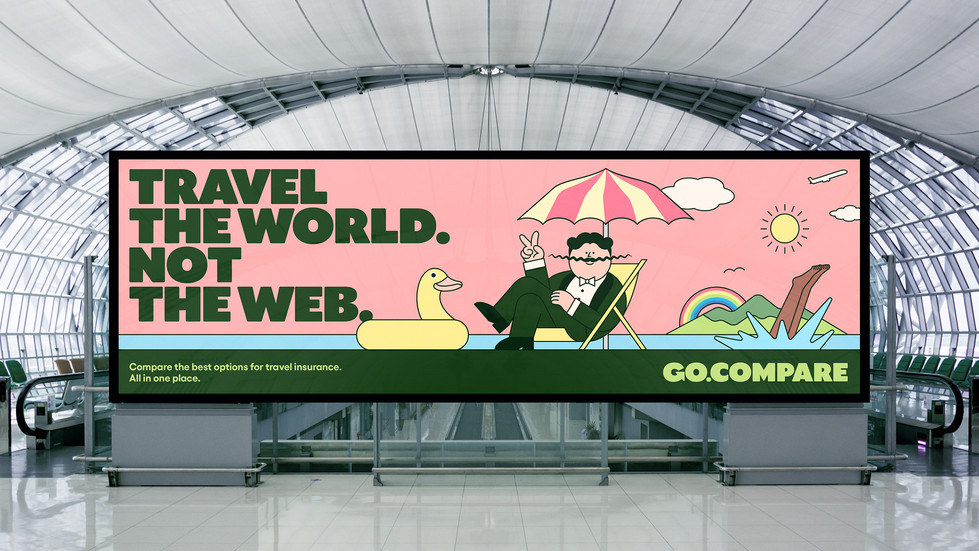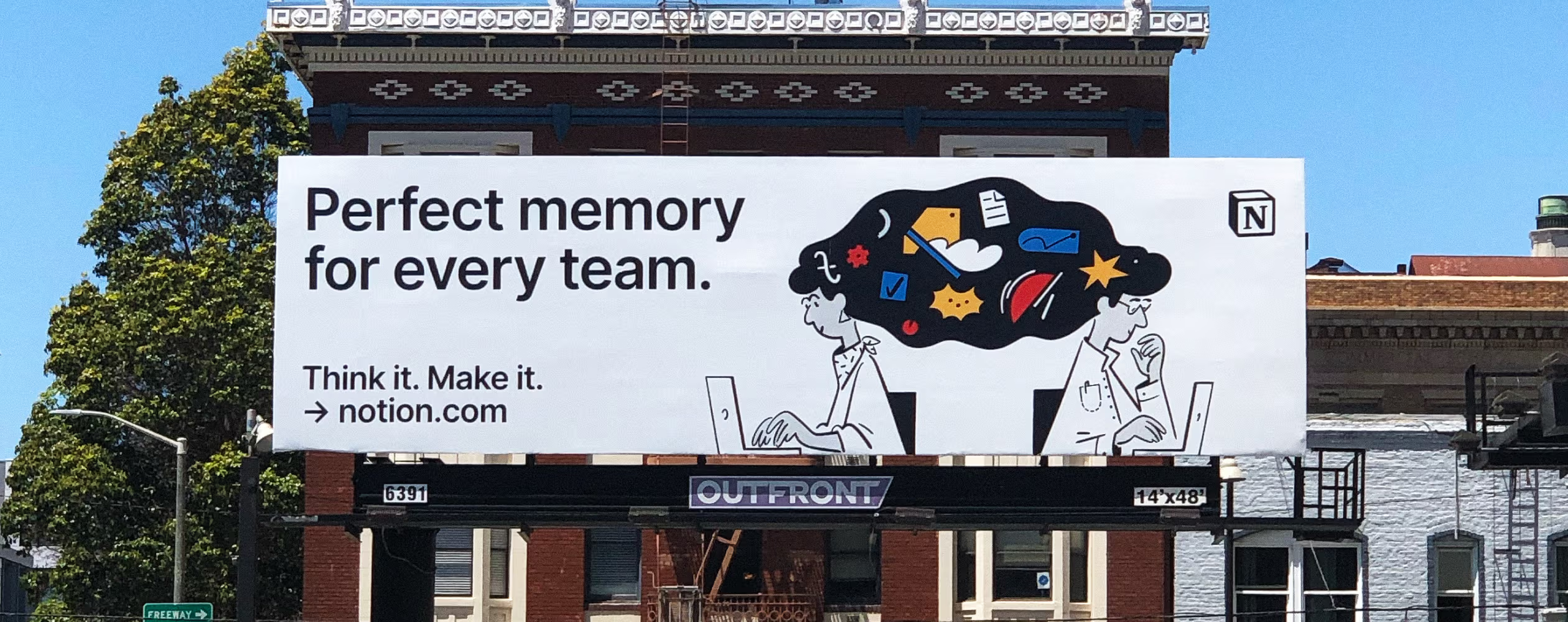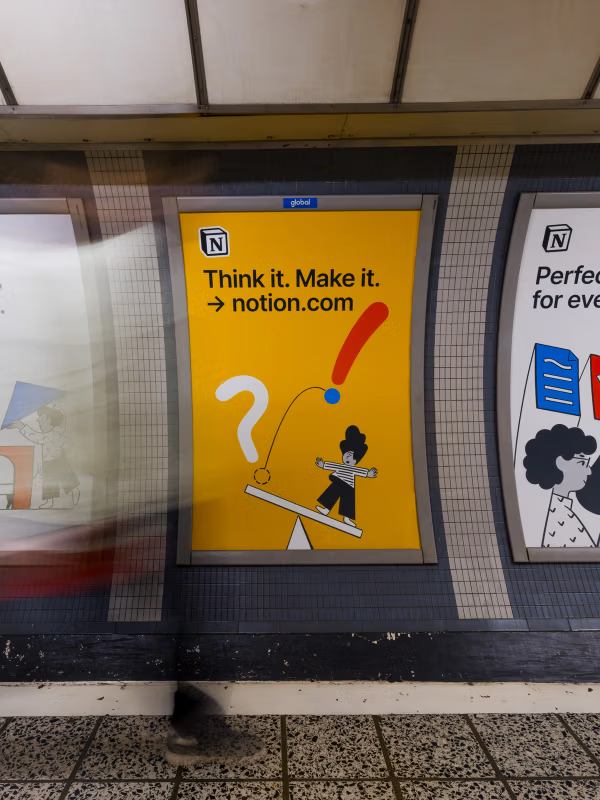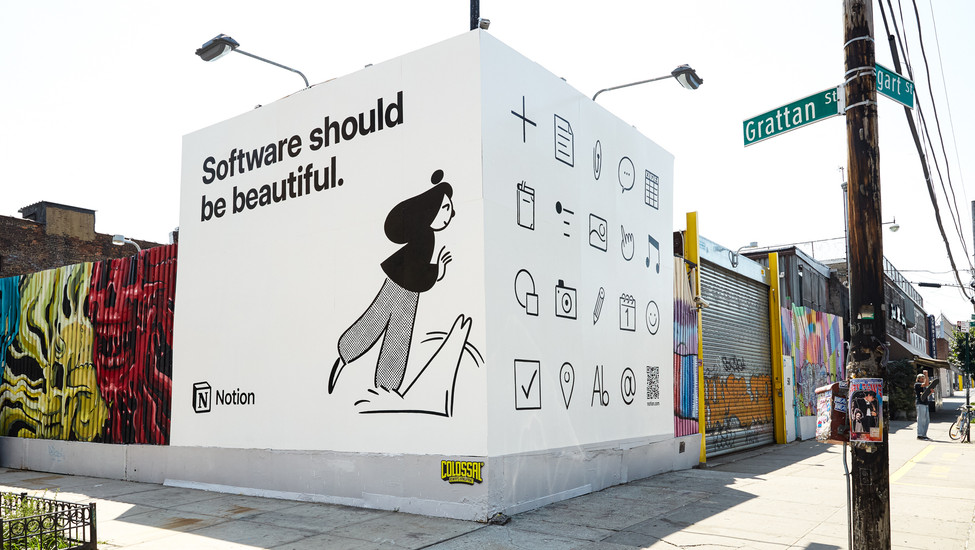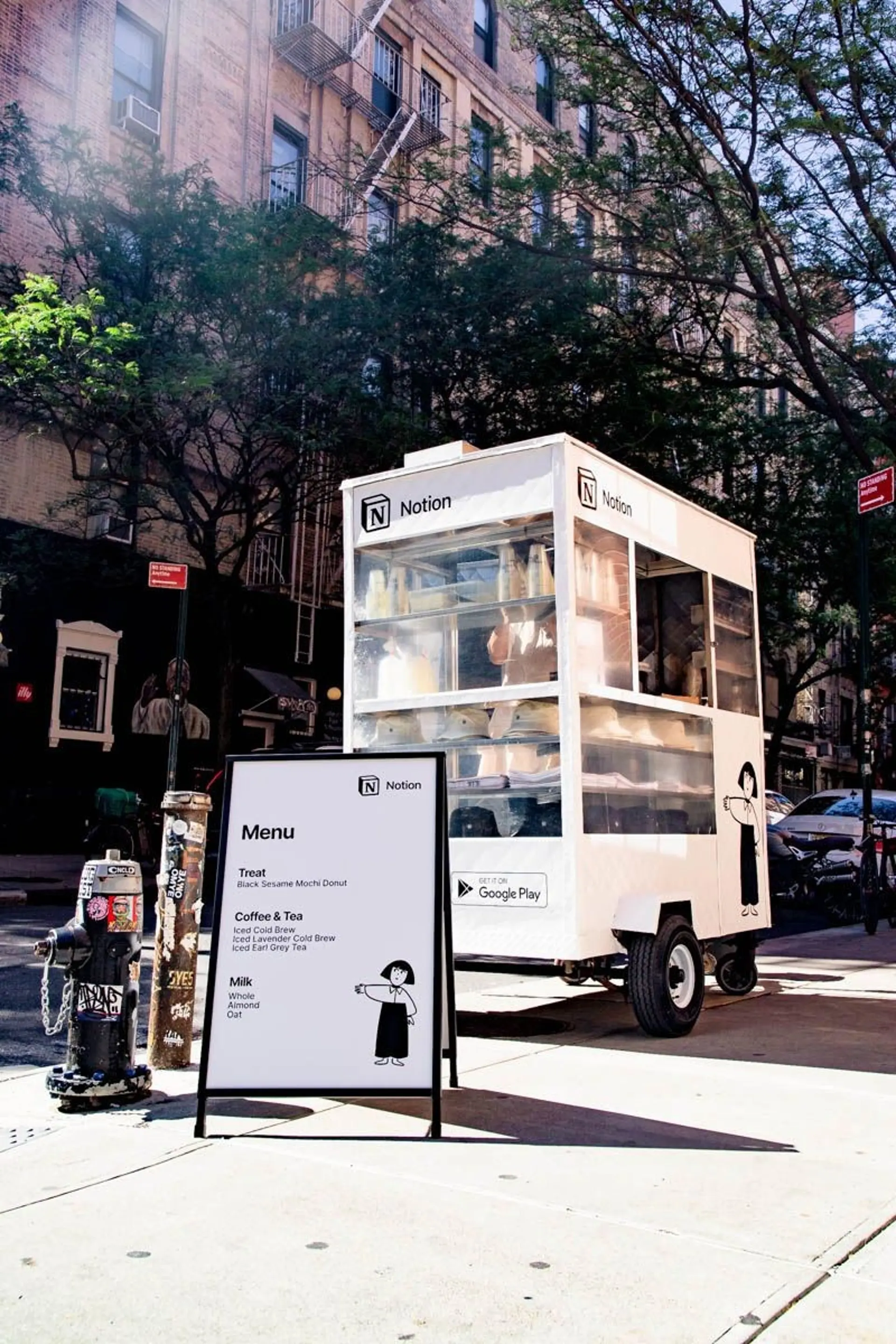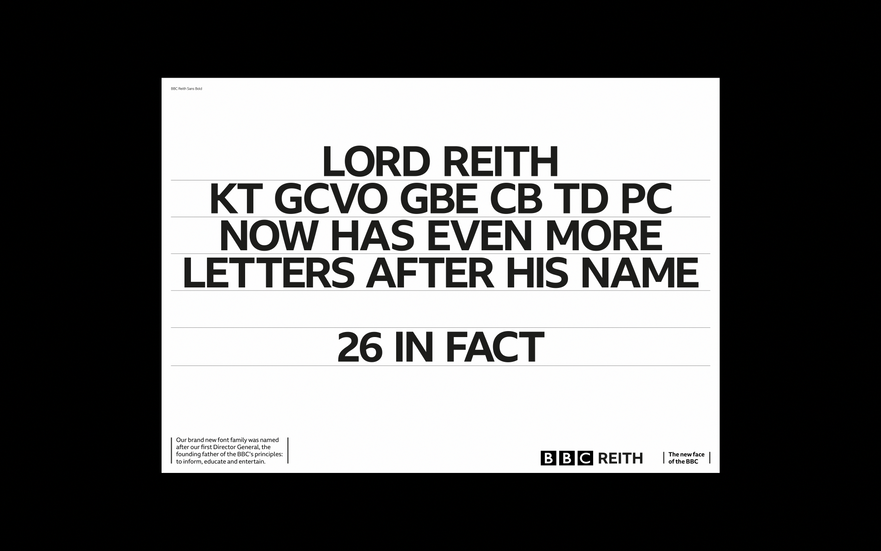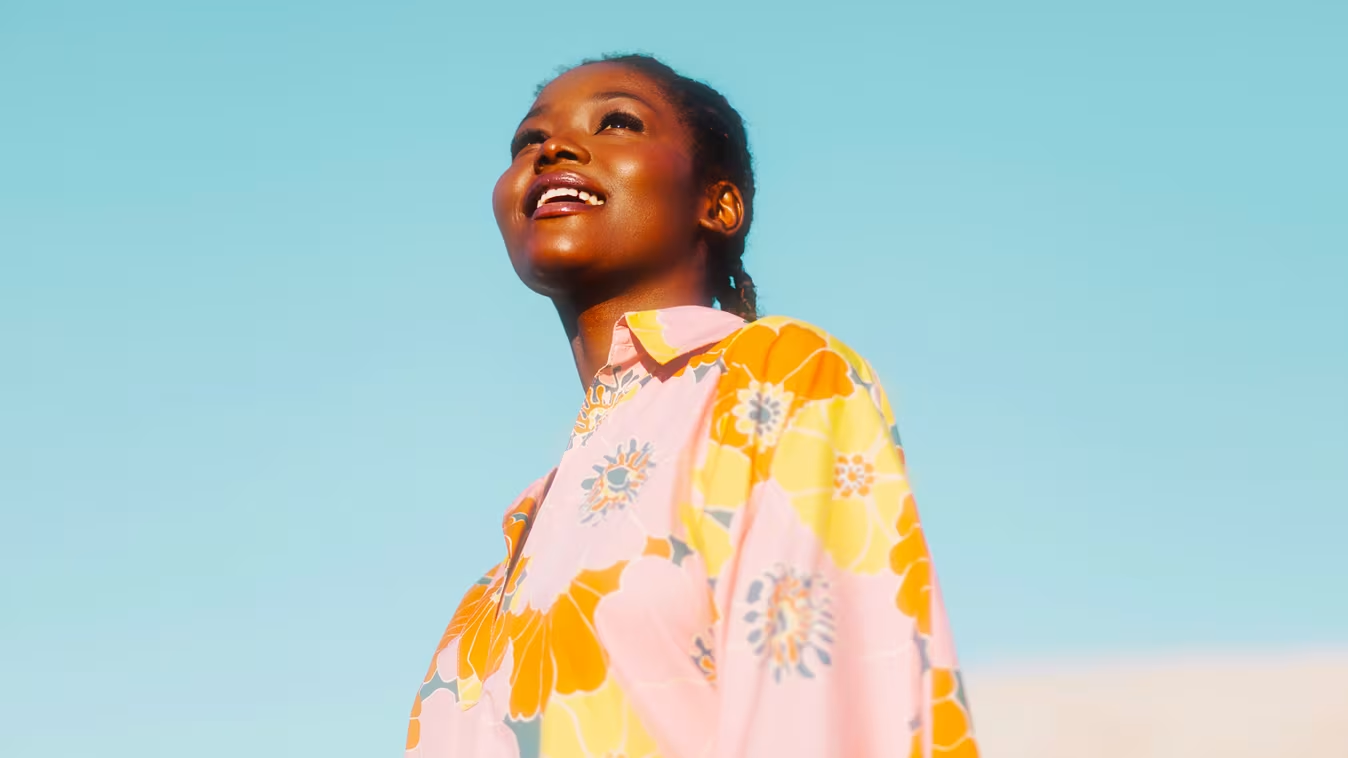Why distinctive brand assets matter more than ever in 2025.
- Stuart Lang
- May 23
- 3 min read
Updated: May 25
In today’s fast-moving, hyper-connected world, your brand isn’t just a logo or colour palette - it’s your business’s most recognisable currency. At its best, a brand acts as a powerful anchor, aligning everything from marketing and product to internal culture and customer experience. And at the centre of that alignment? Distinctive brand assets.
In an era of digital noise, AI-generated content, and increasingly fragmented attention spans, recognisability isn’t optional - it’s essential.
What makes a brand asset distinctive?
The core principles haven’t changed, but the context has.
1. It’s unmistakably yours. A distinctive asset should instantly trigger association with your brand - and no one else’s. Think of Duolingo’s irreverent green owl, Go.Compare's illustration style, or the sonic sting of Netflix’s "ta-dum". Unique, ownable, and impossible to confuse.
2. It travels well. In 2025, your brand shows up everywhere - from TikTok micro-trends to immersive AR experiences. If your visual identity can’t flex across digital, physical, and virtual touchpoints without losing integrity, it’s not future-fit.
3. It’s embedded in memory. Distinctiveness only works if it’s remembered. That means consistent, repeated use. For example, Notion’s minimalist monogram “N” now cues productivity and calm focus for millions - because it’s been used, obsessively, across every touchpoint.
The real value of a distinctive asset
The value isn’t in the asset itself - it’s in what it evokes. When people see, hear, or interact with a brand asset, they’re not just identifying a business. They’re recalling everything they’ve experienced and felt about it.
That’s why brands like Apple can feature just the corner of a product silhouette and still spark instant recognition. Or why McDonald’s can run a campaign (“Raise Your Arches”) without showing food, the logo or even the name - and still be unmistakably McDonald’s.
Strong distinctive assets are brand memory shortcuts. They collapse years of brand-building into a single frame, note, or line.
From logos to soundscapes: What assets should you focus on?
Distinctive assets come in many forms, and in 2025 the best-performing brands are exploring beyond the obvious:
Logo: The classic starting point. Simple, scalable and ownable - like the refreshed Burberry knight emblem or Airbnb’s "Bélo" symbol.
Typography: Bespoke fonts are having a resurgence. Spotify’s typeface unifies everything from playlist covers to brand ads while staying recognisably "them".

Sonic branding: Think Mastercard’s audio logo or the deep rumble of BMW’s electric vehicles. In a voice-first world, sound is a competitive edge.
Motion language: The way a brand moves online is now just as important as how it looks. Consider how Adobe’s UI transitions feel uniquely "Adobe".
Packaging formats: Liquid Death’s tallboy cans look like craft beer - an intentional disruption that’s now become iconic in the category.

Measuring distinctiveness: What’s working and what isn’t?
Before you redesign anything, measure what you’ve got. The Ehrenberg-Bass Institute still recommends benchmarking your assets to understand what’s cutting through, and what’s not.
In 2025, this means going beyond internal assumptions. Use behavioural data, implicit testing and eye-tracking studies. Understand what assets your audience actually notices, recalls and links to your brand.
And crucially - get an outside perspective. Many organisations suffer from brand asset blindness: you’ve seen your own visuals so often, you think they’re famous. They’re probably not.
Getting started: Focus where it matters
You don’t need to overhaul everything overnight. Start with assets that are easy to elevate and have a multiplier effect across the brand:
Colour palette: Own a colour boldly. Think of Tiffany blue, Cadbury purple, or even the earthy orange of Oatly. These shades are the brand.
Typography: A bespoke font can create coherence across product, web, and marketing - just look at how the BBC modernised its global presence with BBC Reith.
Imagery: Stop relying on stock. Brands like Patagonia, Monzo, and A24 stand out because their photography is uniquely theirs - stylistically, tonally, and emotionally.
Protecting what’s yours
Once you’ve built distinctive assets, defend them. In 2025, that means more than registering trademarks. AI scraping, content remixing, and brand impersonation are real threats.
Whether it’s a sonic logo or a 3D packaging design, ensure it’s legally protected and well-documented in brand guidelines. Tools like smart asset management systems or blockchain-based copyright logs are increasingly being used by forward-thinking brands to secure their IP.
The bottom line
Distinctive brand assets aren’t a creative indulgence - they’re strategic infrastructure. They allow your brand to be recognised, remembered, and emotionally resonant across every channel and every moment.
As attention gets shorter and competition more intense, brands that invest in building - and protecting - their most memorable assets will be the ones audiences return to again and again.





